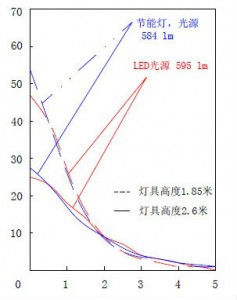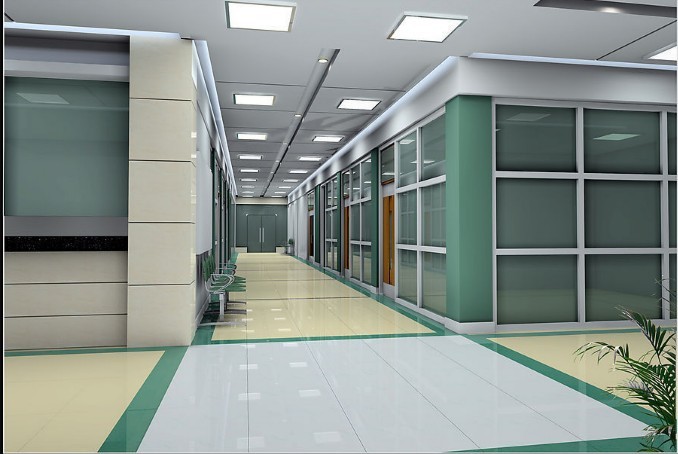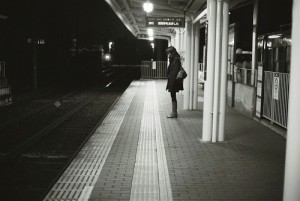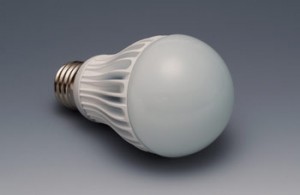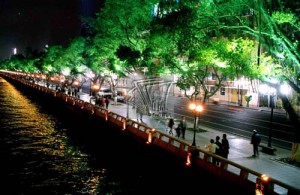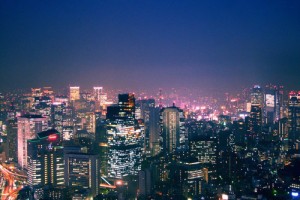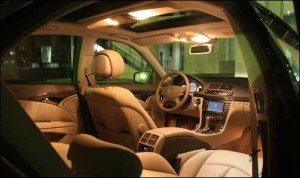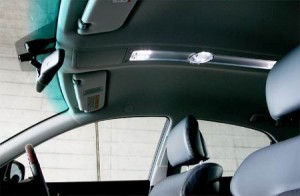Generally speaking, LED lighting source can emit single direction lights. Super-narrow beam angle design typically used in flashlight applications should not be taken into account. Here we just think about general LED lighting applications. In fact, LED lighting sources used in general LED applications cannot send out 100% single direction lights. There are more or less some lights will be emitted into other sides. After packaging, LED chips even emit light from back. This has nothing to do with the workmanship, materials or quality of LED chips. In widely used LED applications, engineers need to invent projectors with high light-reflecting rate to help reflecting this backward emitting light. No matter what type of material people used to produce projectors or other light reflecting covers, it is inevitable for optical energy to be wasted. But LED light consumption is indeed reduced.
We are going the make a small comparison in intensity of illumination between traditional energy-saving lights and LED lights. Feature above shows the different luminous flux between traditional energy-saving lamps and LED lamps (blue line represents the luminous flux curve for energy-saving lamps and red line represents the luminous flux curve for LED lamps). From this picture we can see that the luminous flux of energy-saving lights within 1 meter is approximately 584lm, while that of LED lamps is around 595lm. The luminous flux of these tow lights are similar (The advantage of LED lights is insignificant). All of them are installed by projectors with same reflecting factor. However, when senses held in a distance longer than one meter, LED lamps perform worse than traditional energy-saving lamps. It is obvious that traditional lights can be replaced by LED lights that only consume half power.
LED light consumption only half as much as that of traditional light is incorrect. Not only in LED down lights, but also in other LED lighting applications, like LED tubes, LED bulbs, LED high bay lights, LED street lights, this theory cannot be proved. However, without thinking of the reflecting effect of projectors, LED lights consume much less power than traditional lights to have same luminous flux. But the total light consumption is still more than half of traditional lights.

